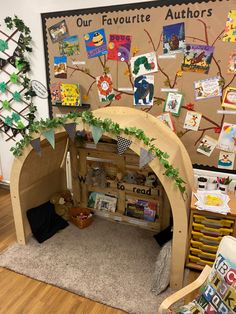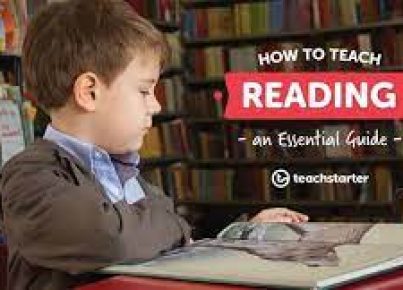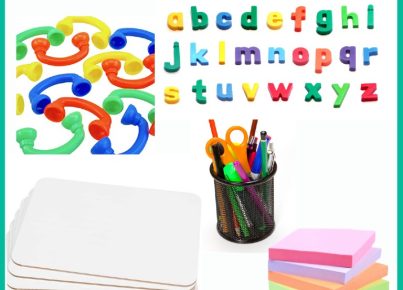Creating a reading corner in your home or classroom can be an exciting and enriching addition for young readers as they develop their literacy skills. Whether for early-year students or upper-year scholars, a well-designed reading nook can inspire a lifelong love of reading. Here are some ideas to help you build an inviting and functional reading corner tailored to different age groups.
For early years (kindergarten to 2nd grade), it’s essential to make the space cozy and welcoming. Incorporate comfortable seating like bean bags, cushions, or a small couch that is just the right size for young children. Use bright colors and fun patterns to stimulate their imagination, and ensure the bookshelves are low to the ground so that they can easily pick out books independently. A colorful rug and some gentle lighting like fairy lights can make the reading corner feel magical.
Interactive elements such as a felt board or magnetic words can also enhance the early-years reading corner, allowing kids to play with story elements and begin to recognize letters and simple words.
For middle years (3rd grade to 6th grade), focus on creating a more structured space that encourages both quiet reading and collaborative learning. Modular furniture that can be easily reconfigured can be very useful in this age group’s reading nook, allowing for individual or group activities. A small table with chairs is great for discussions or writing about what they’ve read.
Incorporate themed decorations that reflect the interests of this age group—like popular book series or science fiction elements—to motivate them to explore new genres. Introducing a chart or bulletin board where students can post book recommendations or favorite quotes could foster peer-to-peer encouragement.
For upper years (7th grade and above), create a sophisticated and calm environment that appeals to maturing tastes. Comfortable chairs with higher backs, desks or tables for study, and good quality lighting are key components. Create different zones within the corner for different activities: one for silent solo reading, one for group work, and perhaps another with access to audio resources like audiobooks or language-learning materials.
A more grown-up color scheme can be used, along with art prints or posters of literary classics. Encourage autonomy by having a system where students can suggest books to add to the reading corner’s library.
Regardless of age group, ensure accessibility to a diverse range of books that cater to different interests and reading levels. Regularly update your selection so readers always have something new to discover. In addition, incorporating technology thoughtfully—such as e-readers or tablets pre-loaded with ebooks—can expand access to literature without overwhelming the primary purpose of the space: fostering a love of books.
Reading corners are not only places to read but sanctuaries where creativity, imagination, and knowledge grow. By tailoring a cozy nook at home or in school with these ideas in mind, you provide children and teens with their own little retreats ideal for delving into the world of stories and learning.





